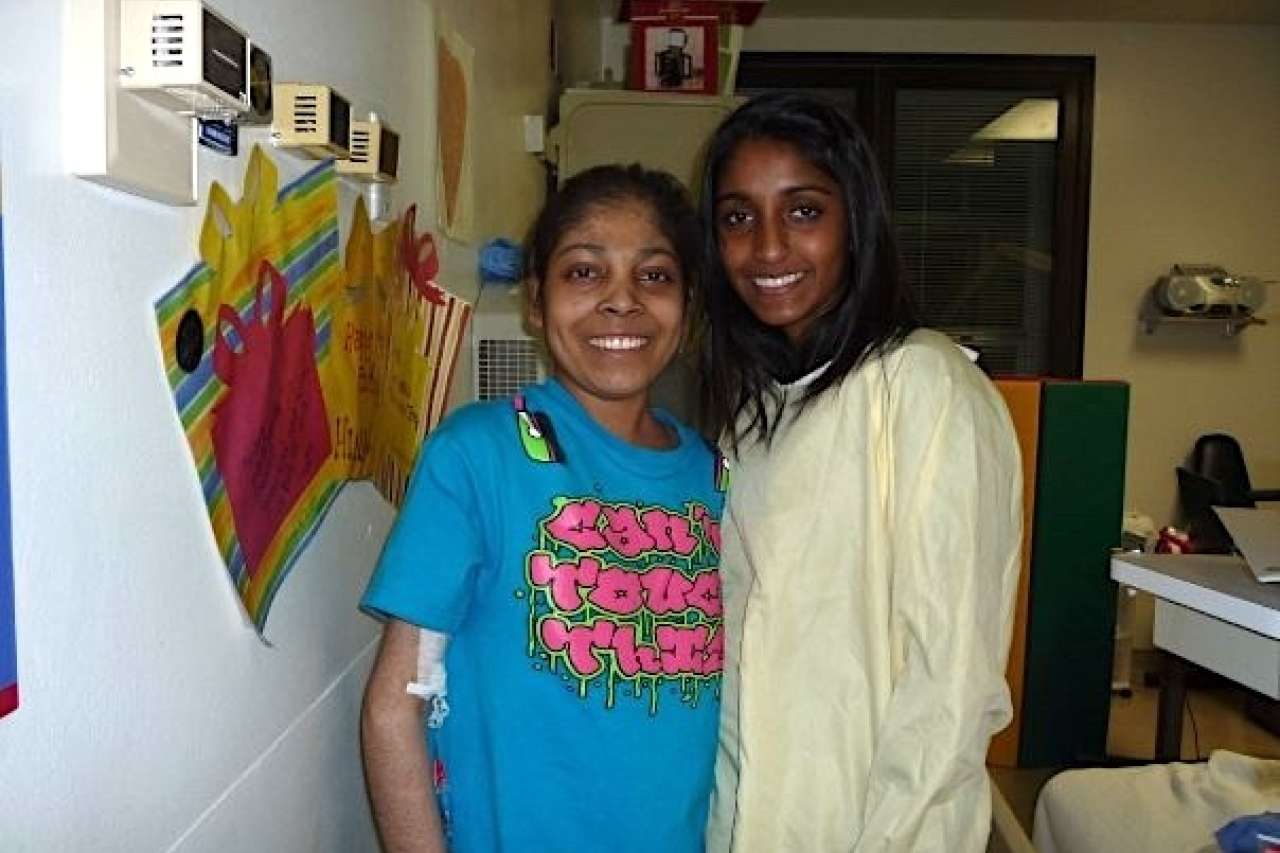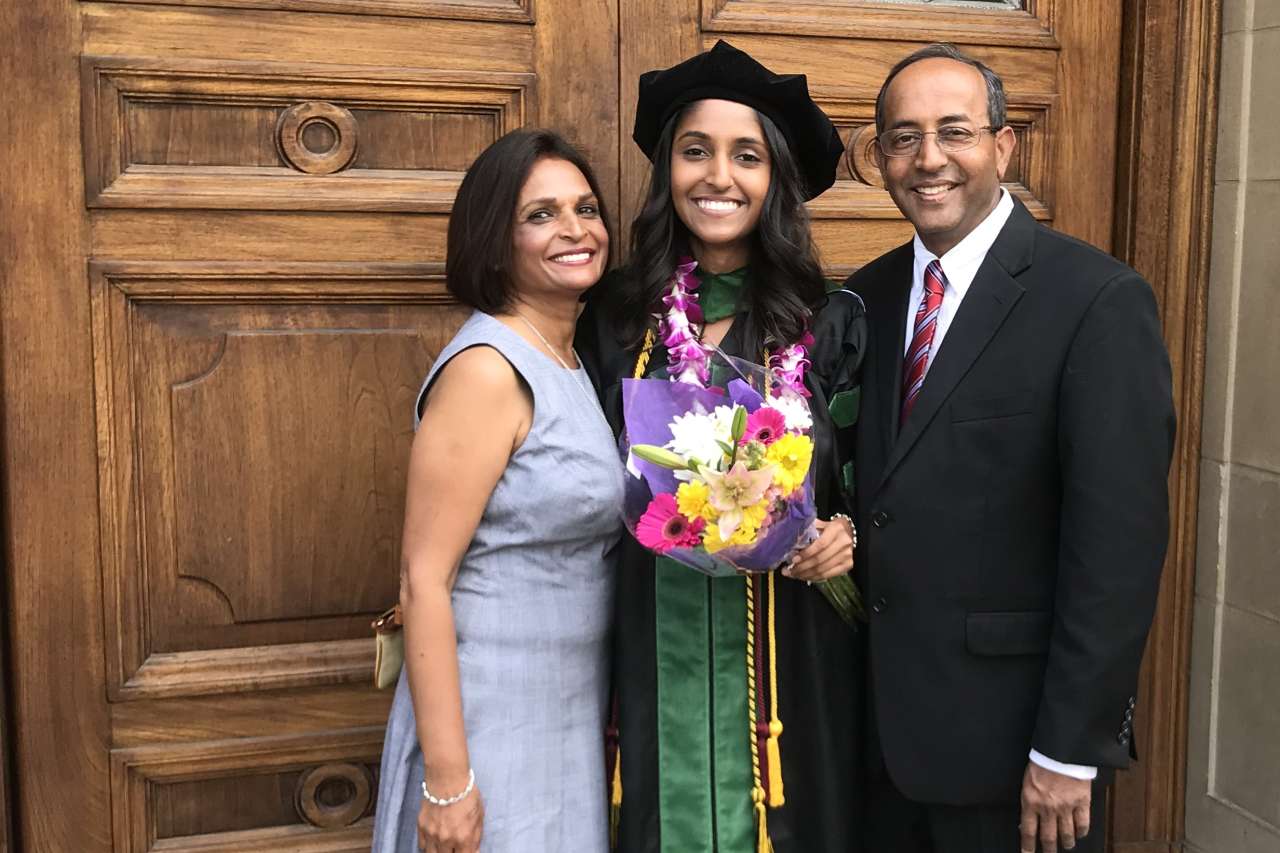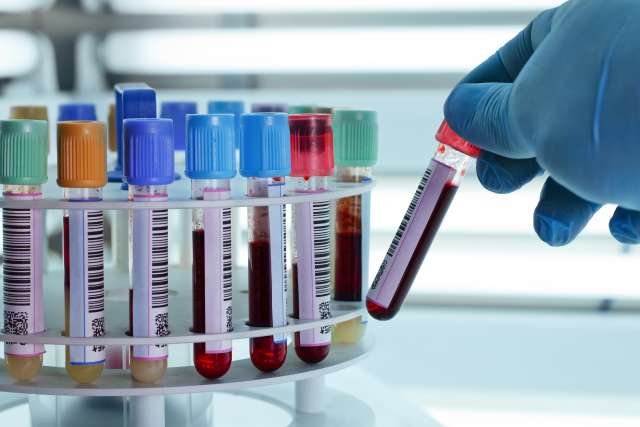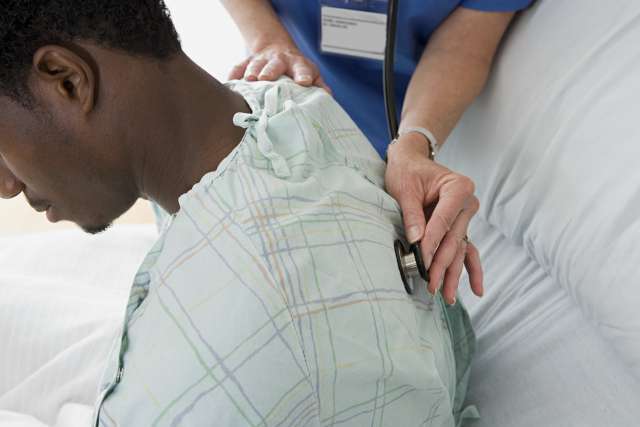The siblings were as close as could be. Older sister Hina set the rules, but also cared for and protected little sister Amie.
Those roles reversed every few months. Ever since her first birthday, Hina experienced debilitating episodes of pain in her hips, legs and arms. Amie gave her sister massages and fetched her heat packs and glasses of water.
“We were playing like normal kids, and never noticed there was any difference in what she could and couldn't do – until she had those pain episodes,” recalled Amie Patel, DO.
Patel is the associate director of the UCLA Health Sickle Cell Disease Program – the disease that her sister was diagnosed with as an infant. Hina Patel passed away from complications of sickle cell disease at age 19.
Inspired by her sister’s passion to raise awareness and provide support to others, Dr. Patel decided to attend medical school and pursue specialized training.
Now she coordinates care for patients with sickle cell disease. She ensures they have a treatment plan for the pain episodes that are a hallmark of the disease.
And she focuses on helping young adult patients navigate the transition out of pediatrics – a time when significant complications can begin – and find help within the limited pool of adult care providers who are knowledgeable about the disease.
Treating sickle cell disease
Sickle cell disease is a blood disorder in which misshapen red blood cells clump together, blocking small blood vessels and leading to agonizing pain. “Since blood goes everywhere in the body, sickle cell disease affects every single organ system,” Dr. Patel tells her patients.
About 100,000 people in the U.S. have sickle cell disease, more than 90% of them non-Hispanic Black or African American, according to the U.S. Centers for Disease Control and Prevention.
Dr. Patel, who is also an assistant professor in the department of medicine at the David Geffen School of Medicine at UCLA, notes that patients in California are especially at risk because the state has one of the lowest life expectancies related to the disease.
The sickle cell disease program at UCLA Health began in 2022. It is the only dedicated, subspecialized program in Los Angeles County, and offers a range of treatment options, including the latest gene therapies.
‘Stay strong’
Initially, Dr. Patel’s Indian-origin parents experienced shock about Hina’s diagnosis of Sickle Beta-Zero Thalassemia, a common type of sickle cell disease. Both pharmacists, they had learned at the time of their training that sickle cell disease only affected African Americans.
But though mostly known in the U.S. to affect Black patients, sickle cell disease is a multiracial condition. An estimated 3%–9% of patients are Hispanic or Latino. Millions of people are affected worldwide, particularly those with ancestry from Sub-Saharan Africa, South and Central America, South Asia and the Mediterranean.
After a childhood marked by episodes of pain, frequent blood transfusions and stays in the hospital, Hina had a bone marrow transplant in 2008.

That led to chronic graft-versus-host disease – the donor cells launched an attack against Hina’s cells, and her condition became progressively worse.
“I remember when she told me that I need to stay strong for myself, for our parents, for everyone,” said Dr. Patel. “She was very much aware that she could pass at any point.”
On May 5, 2010, Hina died at UCLA Mattel Children's Hospital. Dr. Patel was then 16 years old, about to finish her junior year of high school. Her sister’s death was the turning point for her decision to specialize in the care of patients with sickle cell disease.
Trust and empathy
Pain drives many sickle cell disease patients to become repeat visitors at the ER. These episodes can last up to a week and are typically treated with opioids.
More than half of adults with sickle cell disease also have chronic pain, which emerges during the ages of 19-25 and is not well understood.
The intense pain can lead to the impression that patients with sickle cell disease are difficult to manage.
Witnessing her sister’s years of pain has helped Dr. Patel “to stay as empathetic as possible because I know it's not personal … it's more a cry for help.”
Her experience also helps to build trust. One example she recalled was a patient with sickle cell disease who missed a few appointments. A scheduler called to follow up and also mentioned Hina. During the patient’s visit, Dr. Patel shared more about her sister’s experience.
The patient now makes it to every appointment and is on disease-modifying agents that have improved her care.
“I think her understanding that I'm doing this as a passion, as someone who has a deeper connection to this illness, really stuck with her,” said Dr. Patel.
Holistic care
Dr. Patel hopes to focus on more comprehensive care throughout the program. That means increased coordination between the patient’s primary care doctor and specialized care providers.

In addition, the program has recently added a patient navigator – who herself lives with sickle cell disease – to help patients manage their many appointments and any logistical barriers to care.
Referring to her parents' surprise at Hina’s diagnosis, Dr. Patel also stresses the importance of genetic testing.
“I don't want that shock to happen to another family,” said Dr. Patel. “It's really important to be tested and screened, especially when you're considering family planning.”
Her own genetic test revealed that she is a carrier for the disease. Having this trait can result in chronic kidney issues, so her physician orders regular screening for the early stages of kidney disease.
A fight for the future
After Hina’s death, her mother, Bhavana Patel, set up a foundation in her memory, offering information, patient support groups in their hometown of Bakersfield and clinics in India.
Having interacted with patients since her teenage years, Dr. Patel regularly speaks with the support groups. It’s another way to carry on the mission of her sister, who faced many of the same challenges as her patients.
“I think about Hina all the time,” Dr. Patel said. “I hope she would be proud.”




